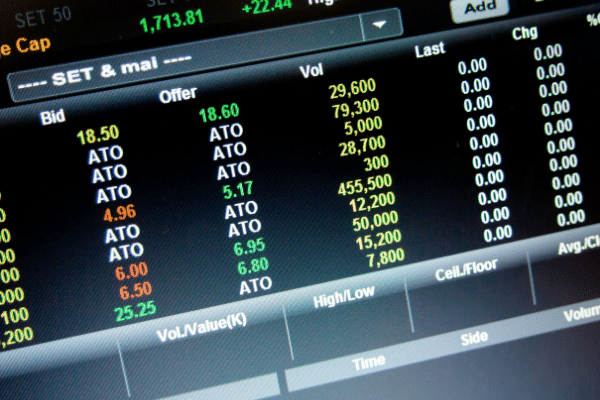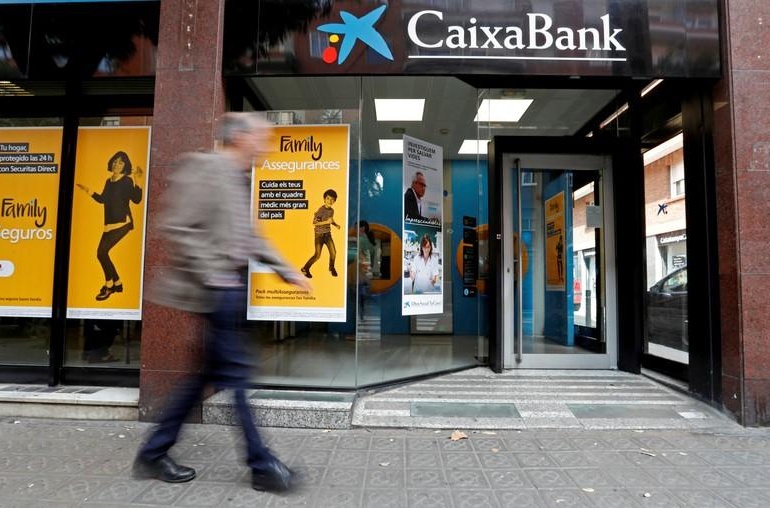
- Assets which have been touted as a replacement for stocks and bonds, including cryptocurrencies and gold, have only helped deepen portfolio losses.
- Current market conditions have provided a timely reminder for investors that diversification needs to expand beyond just stocks and bonds and encompass other asset classes as well.
For many investors at this point, the best option may be to not look, but those who have been looking, may be wondering if there are anywhere to hide from the market turbulence at all.
With both stocks and bonds falling in tandem in the first quarter, typical 60/40 stock and bond portfolios have been smashed.
The benchmark S&P 500 has lost 16.44% year-to-date, while the Bloomberg Global Aggregate Bond Index has left investors nursing a 6% loss.
Assets which have been touted as a replacement for stocks and bonds, including cryptocurrencies and gold, have only helped deepen portfolio losses.
For years, the 60/40 balanced approach represented the conventional wisdom for portfolio asset allocation, where investors would set aside 60% to equities for capital appreciation and 40% for bonds to offer income and risk mitigation.
That portfolio allocation strategy worked in large part as equities rose in a straight line to record highs and interest rates fell to new lows, fueling demand for bonds.
But with global central banks offering investors a double-whammy of raising rates and cutting back bond purchases as well as running off balance sheets in the case of the U.S. Federal Reserve, there are understandably no offramps from market volatility.
And holding on to cash isn’t the answer as well, especially with U.S. headline inflation pushing 8.3% per annum.
While the classic 60/40 stock and bond portfolio delivered an annual return of 11.1% annually from 2011 to 2021, or 9.1% adjusting for inflation, according to Goldman Sachs, these returns do not look sustainable over the next decade.
Stocks are near all-time-highs, valuations are stretched, and key U.S. benchmarks are increasingly concentrated in a handful of the biggest tech companies.
In the meantime, bonds are facing inflation and the prospect of a rising interest rates, while the U.S. Federal Reserve looks set to pare down its balance sheet leaving the bond market without its biggest buyer.
Against this backdrop, more investment managers are advising their clients to diversify their portfolios and manage return expectations.
But diversification is easier said than done.
Currencies, commodities and other “real assets” like infrastructure and real estate are replete with volatility and liquidity risks.
Investors pondering a shift into commodities will recall that not so long ago, crude prices were negative, and the last commodity bull market ended abruptly.
Invesco (-0.84%), which manages over US$1.61 trillion in assets, recommends a 50/30/20 portfolio, with 50% in equities, 30% in bonds and 20% in alternatives.
Current market conditions have provided a timely reminder for investors that diversification needs to expand beyond just stocks and bonds and encompass other asset classes as well.
Given that the last quarter saw a major war, a huge commodities shock and a very hawkish shift in central bank policy, in addition to the collapse in Chinese markets, stocks and bonds have held up admirably, but if ever there was a call to diversify, this would be it.



